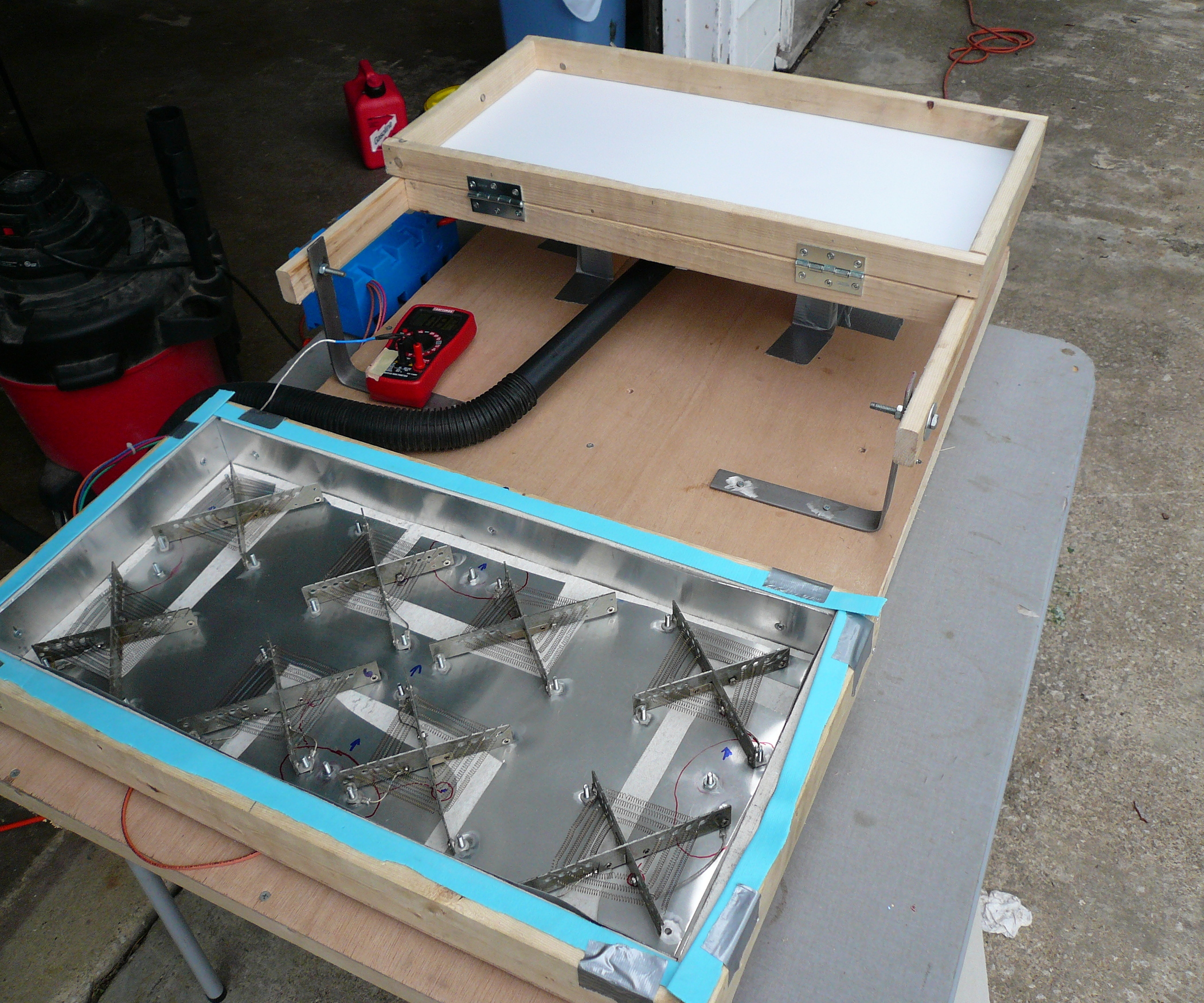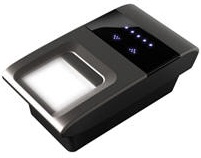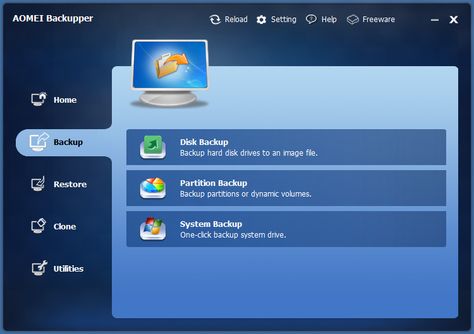

In this paper, we present the design and implementation of Sensurfaces. The combination of Sensurfaces modules allows the creation of small or large multi-material sensitive surfaces that can detect multi-touch but also body proximity, pose, pass, or even human steps. Sensurfaces is composed of plug-and-play modules that can be connected together to expand the size and number of materials composing a sensitive surface. We introduce Sensurfaces, a plug-and-play electronic module that allows to rapidly experiment with touch-sensitive surfaces while preserving the original appearance of materials. Ubiquitous touch sensing surfaces are largely influenced by touchscreens' look and feel and fail to express the physical richness of existing surrounding materials. Strain tests report on the reliability of our circuits and preliminary user feedback reports on the user-experience of our workflow by non-engineers. We demonstrate the versatility and novel opportunities of our technique by prototyping various samples and exploring their use cases. To enable makers and interaction designers to prototype a wide variety of Silicone Devices, we also contribute a stretchable sensor toolkit, consisting of touch, proximity, sliding, pressure, and strain sensors. Additionally, high-frequency signals are supported as our circuits consist of liquid metal and are therefore highly conductive and durable. Our approach scales to arbitrary complex devices as it supports techniques to make multi-layered stretchable circuits and buried VIAs. Silicone Devices are self-contained and thus embed components for input, output, processing, and power. L.We present a scalable Do-It-Yourself (DIY) fabrication workflow for prototyping highly stretchable yet robust devices using a CO2 laser cutter, which we call Silicone Devices.

ed.), Workshop Publishing, Lake Orion, MI, 2002, OCLC46798883 Do It Yourself Vacuum Forming for the Hobbyist (rev. Fundamentals of Packaging Technology, IoPP, 2002, ISBN1-93 Vacuum Forming Market, Stephen Webster Plastics Ltd.


Throne, Understanding Thermoforming, Hanser Gardner Publications, Inc., Cincinnati, OH, 1999 It can also cut sidewalls of a different depth than the pockets-something which cannot be done with roller or press cutting. guide rails for a tray that needs to slide onto shelving. The real advantage is that it can be used to create features in the sides of vacuum forming, e.g. Cutting with a CNC machine: Machining is a very precise method of creating holes & features.


 0 kommentar(er)
0 kommentar(er)
